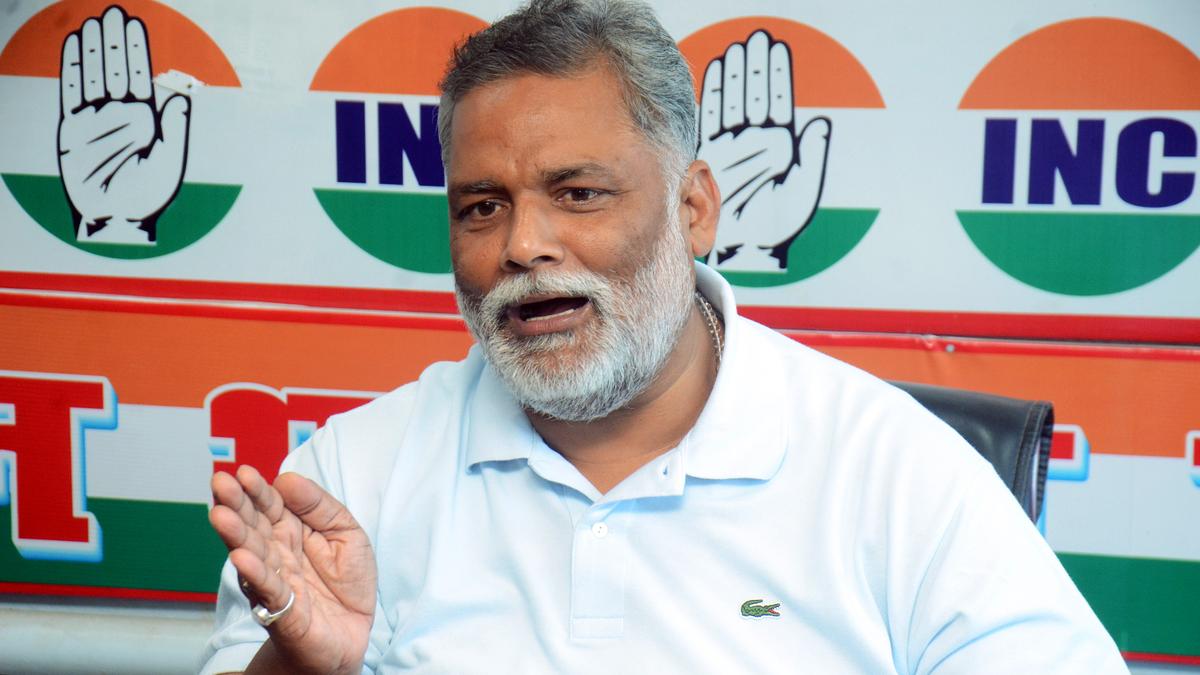The proposed 16.7-km twin tunnel road in Bengaluru, projected as a silver bullet to ease traffic congestion, could push more commuters away from metro and bus systems, drastically contribute to pollution by increasing vehicular emissions, and still leave key parallel roads like the Outer Ring Road (ORR) clogged, a new modelling study has found.
The analysis, led by Ashish Verma from the Centre for Infrastructure, Sustainable Transportation, and Urban Planning (CiSTUP), Indian Institute of Science (IISc), modelled travel demand and traffic volumes under three scenarios - a tolled tunnel road, a toll-free tunnel road, and one based on a potential traffic shift derived from commuter surveys. Seven future-year projections from 2030 to 2060 were simulated to understand how the project would perform over time and its ripple effects on ORR and public transport.
In the toll scenario, traffic inside the tunnel remained extremely low. In 2060, the busiest segment carried just 11,351 vehicles per day. The study calculated that with tolls around ₹300 per trip, a commuter making two trips daily would spend nearly ₹18,000 a month, a cost unaffordable for middle and lower-income families, and steep even for IT professionals. The tunnel, in effect, would be used mainly by wealthier commuters, says the study.
When the tolls were removed, usage improved slightly, but still fell far below design potential. In 2060, the busiest stretch is projected to carry 17,841 vehicles per day . In case of a potential shift in traffic diverted to the tunnel road, based on the survey, the number of car, motor two-wheeler (MTW), and bus users shifting to the tunnel route would be over 50,000 vehicles a day by 2045 to 2060. But this “success” will come at a cost, with commuters not shifting from cars alone, but also from buses and the metro. The survey estimated that up to 40% of car and two-wheeler users, and about a third of bus riders, would switch to the tunnel route, while the metro attracted only 1.5%–6% of commuters from these groups, the study pointed out, emphasising that the tunnel will weaken public transport systems rather than complement them.
The survey estimated that up to 40% of car and two-wheeler users, and about a third of bus riders, would switch to the tunnel route, while the metro attracted only 1.5%–6% of commuters from these groups, the study pointed out, emphasising that the tunnel will weaken public transport systems rather than complement them.
ORR stretch
The tunnel fails to decongest the ORR, one of Bengaluru’s most critical traffic corridors. In all scenarios, multiple ORR stretches continue to record volume-to-capacity (V/C) ratios well above 1.0, meaning traffic demand far exceeds capacity. V/C ratio mainly represents the level of congestion. A value closer to 1.0 or beyond shows the congested situation of traffic.
This is especially relevant because Metro lines are already planned along the ORR. The Karnataka government has approved Phase-3 of Namma Metro, which includes a 32.15-km stretch from Hebbal via Goraguntepalya, Magadi Road, Mysuru Road and Kanakapura Road to JP Nagar, running along the western ORR. Another 12.5-km section from Hosahalli to Kadabagere on Magadi Road is also part of this expansion. These projects are designed to reduce ORR congestion by shifting commuters to mass transit. However, the tunnel road risks pulling riders back towards private vehicles, undermining the benefits of these investments.
For example, in the tolled case, one ORR section was projected to handle over 1.83 lakh vehicles with a v/c ratio of 2.02 in 2055 — indicating severe congestion. Even in the toll-free case, the same stretch recorded a V/C ratio of 1.99 by 2060. The traffic-shift scenario showed some marginal improvements, but congestion persisted across most links.
Emission footprints to go up
The tunnel’s environmental impact is also significant, according to the study. Under Metro and Mass Rapid Transit System (MRTS) expansion scenarios for 2041, the presence of the tunnel and double-decker road consistently increased emissions across all pollutants.



.png)
.png)
.png)
















 1 hour ago
5
1 hour ago
5









 English (US) ·
English (US) ·